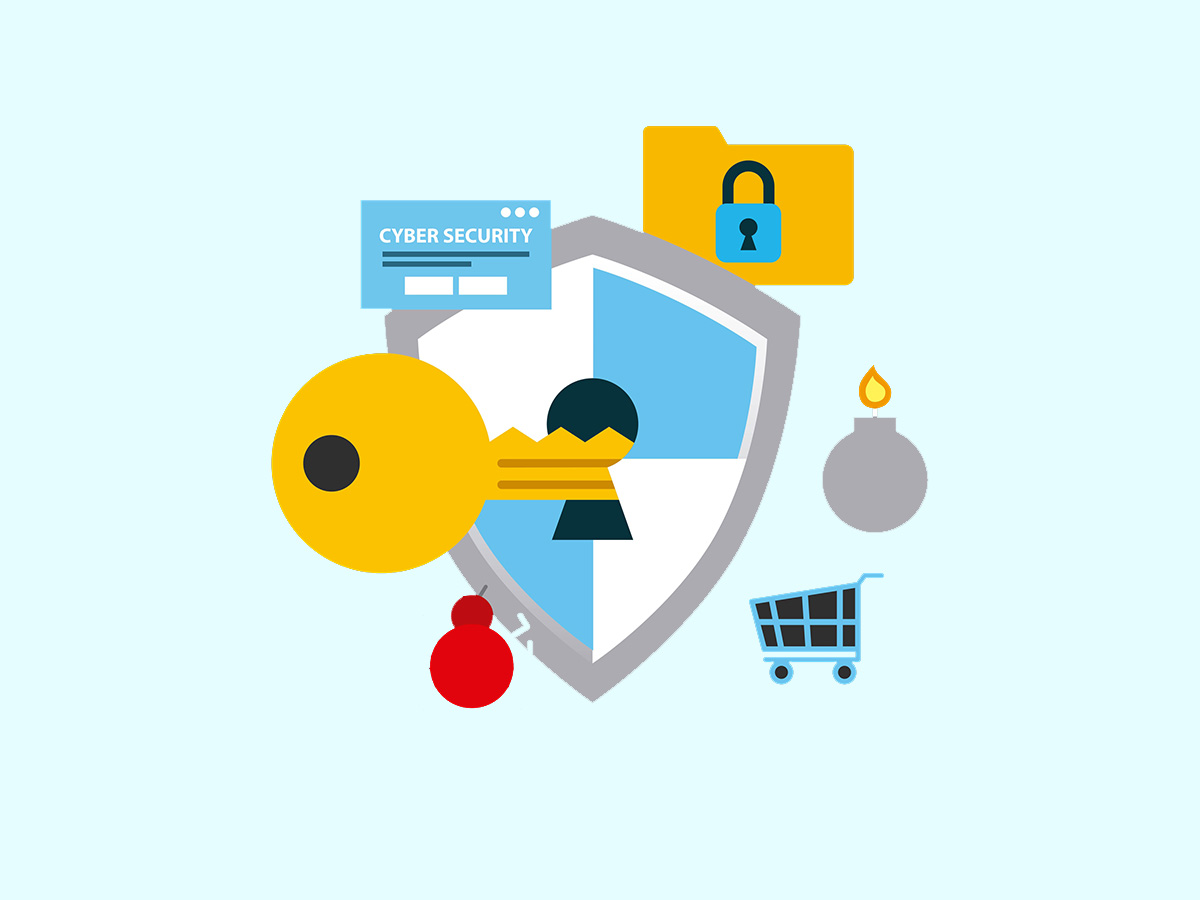An attack method refers to the specific way or technique that hackers use to breach a system’s security measures. These methods can include phishing, where they trick people into providing sensitive information, or brute force attacks, where they guess passwords until they get it right, among others. The type of method chosen often depends on the hackers’ goals and the weaknesses in the system they’re trying to exploit.
Attack Method Examples
1. Phishing
Phishing is arguably one of the most common attack methods used by cyber attackers today. Named to sound like ‘fishing’, this method works in much the same way – it ‘baits’ individuals into revealing sensitive information that can be used for malicious purposes.

Stay One Step Ahead of Cyber Threats
In a phishing attack, the hacker disguises themselves as a trusted entity. This could be in the form of an email that appears to be from a known company or even a colleague. This email usually includes a call to action that requires the recipient to input sensitive information like credit card details, or login credentials for a specific account.
Once the recipient willingly inputs their information, the phisher captures this data. The information can then be used to access the individual’s accounts, lead to identity theft, fraud, or even a larger breach if the compromised account belongs to someone within a corporation.
2. Brute Force Attack
A brute force attack, as the name suggests, is a method where hackers try out all possible combinations of passwords until the correct one is found. This approach doesn’t require much subtlety or skill, relying on sheer trial and error to achieve the goal.
In a brute force attack, a software application generally runs these repeated attempts at guessing the password. Depending on the complexity of the password, the guessing can be quick or long-drawn, ranging from a few hours to several years. Stronger passwords with a mix of alphanumeric and special characters usually take longer to crack, highlighting the importance of creating robust passwords.
If the brute force attack is successful and the password is guessed, the hacker gains access to the targeted account or system. From there, they can do everything from stealing sensitive information to manipulating controls and permissions, depending on the level of access the cracked account has.
3. Malware Attack
Malware attack is a form of cyber attack where harmful software, or “malware”, is used to infiltrate a system. These software are often designed to cause damage, extract sensitive data, or provide unauthorized access to the compromised system.
Malware can come in various forms such as viruses, trojans, worms, spyware to name a few. They are generally hidden within seemingly harmless files or apps. When a user unknowingly downloads these files or apps, the malware is released into their system.
Once embedded, the malware can wreak havoc in several ways. It can corrupt files, slow down system performance, or spy on the user’s activities. In more severe cases, it can also facilitate a remote control of the system, allowing hackers to manipulate the system to their advantage.
Conclusion
Understanding different attack methods in cybersecurity, such as phishing, brute force attacks, and malware attacks, is crucial in protecting your data and systems. By being aware of these methods, you can better anticipate potential threats and take the necessary precautions to maintain your cyber safety.
Key Takeaways
- Phishing, brute force attacks, and malware attacks are common cybersecurity threat methods.
- Phishing involves tricking individuals into revealing their sensitive information.
- Brute force attacks use automated systems to guess passwords until the right one is found.
- Malware attacks involve harmful software hidden in seemingly harmless files or apps.
- Knowledge of these attack methods can help individuals and organizations protect their systems and data.
Related Questions
1. How can one protect against phishing attacks?
One way is by being cautious with emails that ask for confidential information, even if they seem to come from trusted sources. Always double-check sender details and don’t click on suspicious links.
2. Are there ways to prevent a brute-force attack?
Yes. Setting complex passwords and enabling lockout policies that deny access after a set number of incorrect attempts are two effective strategies.
3. How can you identify a potential malware attack?
Common symptoms include slow computer performance, frequent crashes, unusual network traffic patterns, and unexpected pop-ups.
4. What is the role of antivirus software?
Antivirus software scans your computer for known types of malware and removes any threats it detects, providing a critical layer of protection.
5. Are software updates important for cybersecurity?
Absolutely. Regular software updates often include patches for security vulnerabilities that have been discovered, thus helping to strengthen defense against potential attacks.
"Amateurs hack systems, professionals hack people."
-- Bruce Schneier, a renown computer security professional






